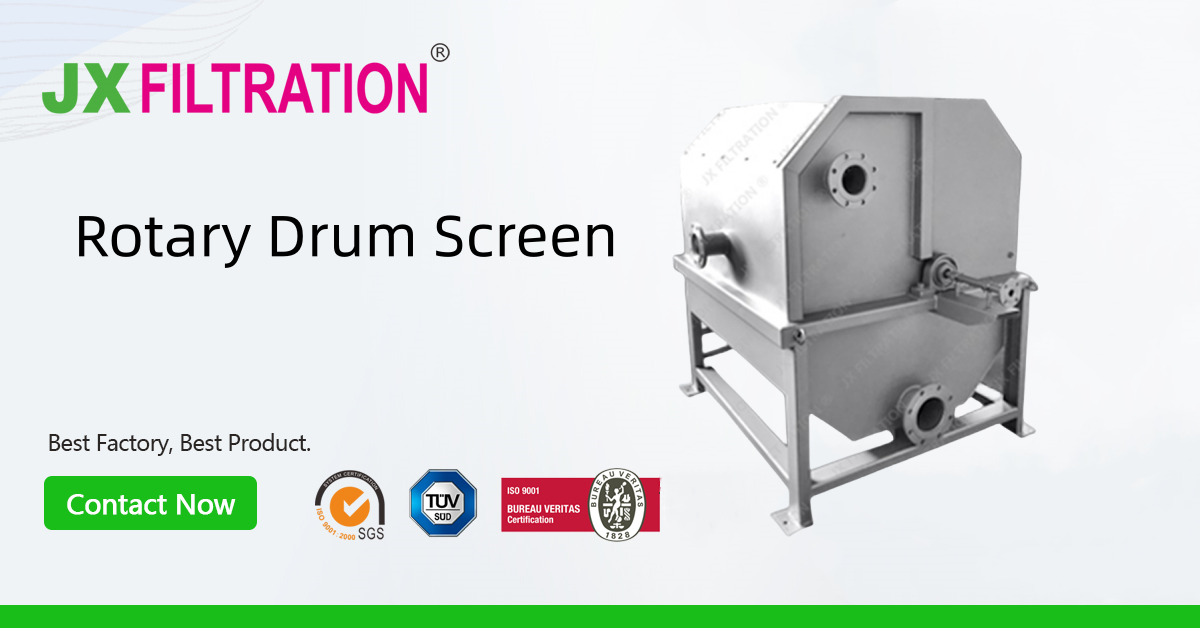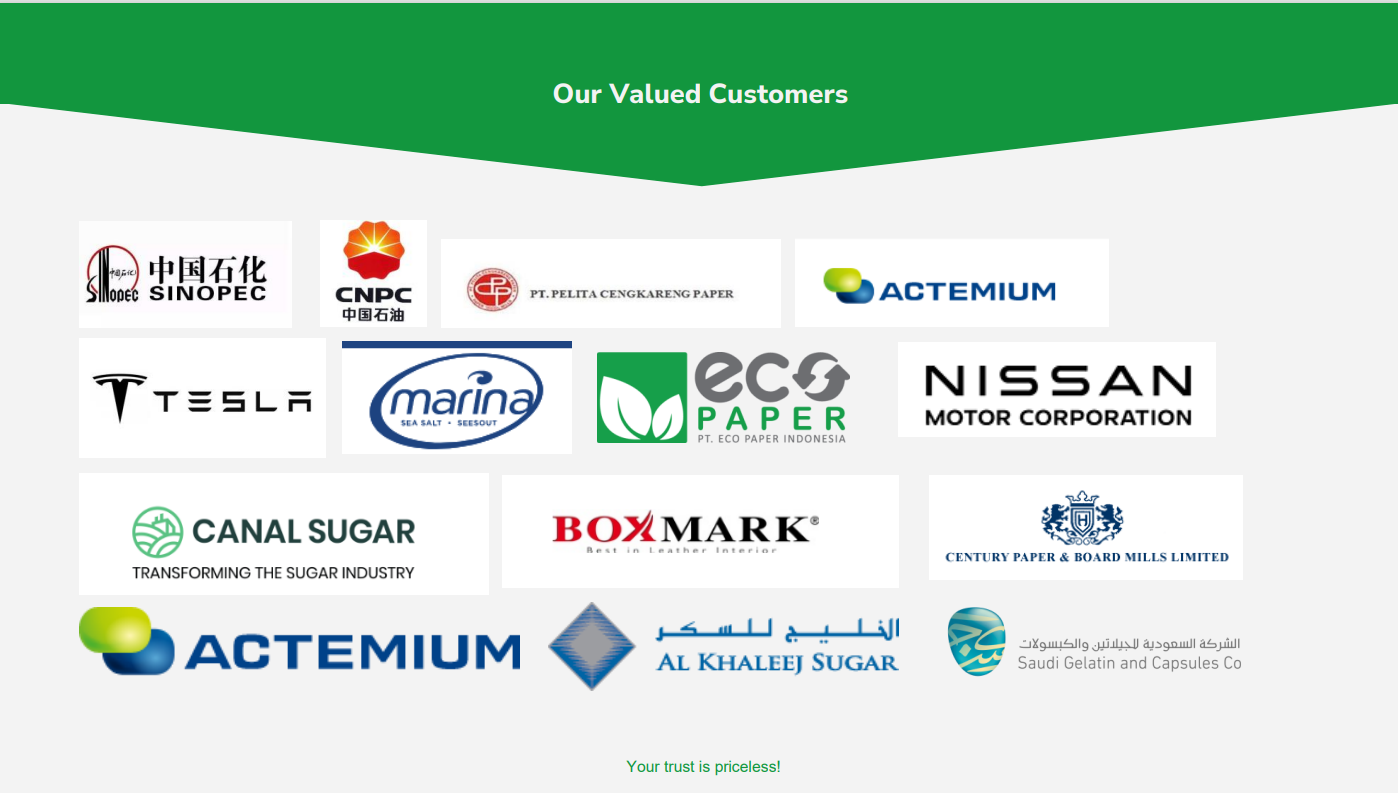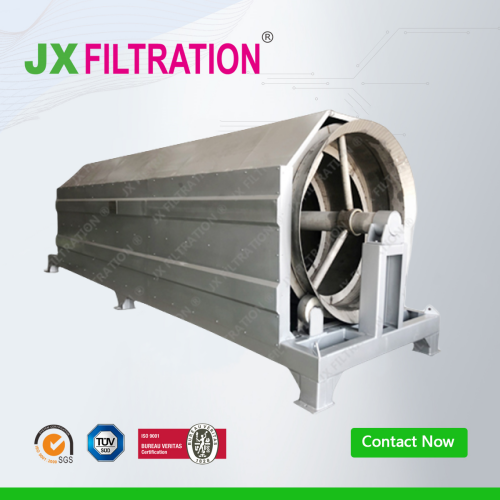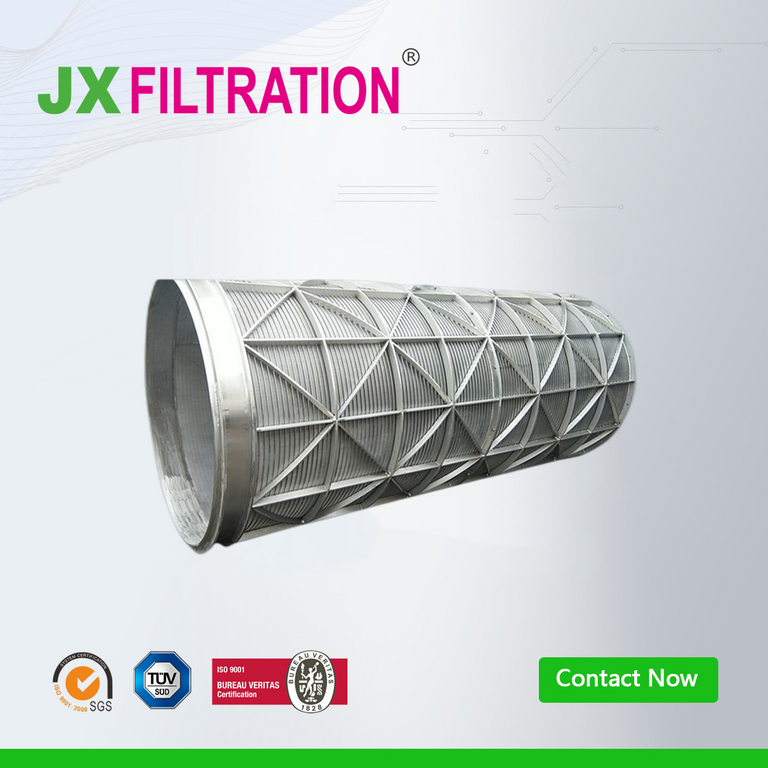What are the Drawbacks of Rotary Drum Screen
The Rotary Drum Screen has some common drawbacks, which include the following:

Limited Filtration Area:
The filtration area of the Rotary Drum Screen typically accounts for about 30% of the drum's surface, resulting in low utilization of the filtration area and a larger overall machine size.
Eccentric Rotation Due to Partial Submersion:
When part of the drum is submerged in water, it tends to rotate eccentrically, increasing the power consumption of the motor and making the drum prone to deformation and damage.
Low Filtration Efficiency:
Solid particles such as fish waste, which are captured on the inner surface of the filter screen, are carried to the upper part by the drum's rotation and then rinsed by high-pressure backwash water into the discharge chute. This process causes most particles to be flushed back into the drum, with only a small portion accurately discharged into the waste chute, resulting in low filtration efficiency.
Frequent Filter Blockage:
In high-density aquaculture, the filter screen can easily become clogged, requiring frequent backwashing or even manual cleaning, leading to higher energy consumption and increased maintenance complexity.
Water Pollution Due to Retained Particles:
Fish waste that is not discharged through the waste chute or passed through the filter screen remains in the intake side for a long time, gradually dissolving and worsening water quality.
Any Requirements, Contact Us Now!
Kris
Email/Teams: kris@filtrationchina.com
Mobile/Whatsapp/Wechat: +86 18980776200


